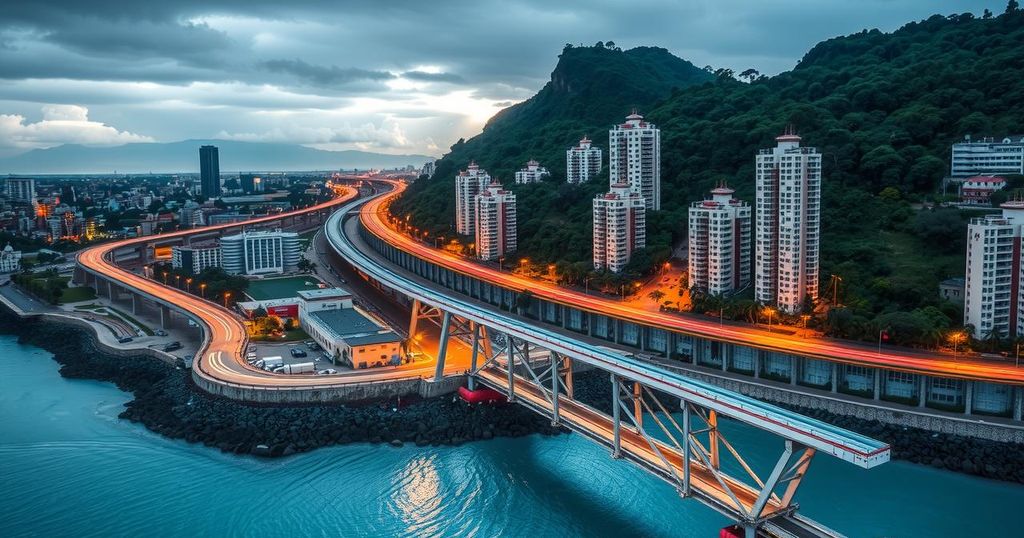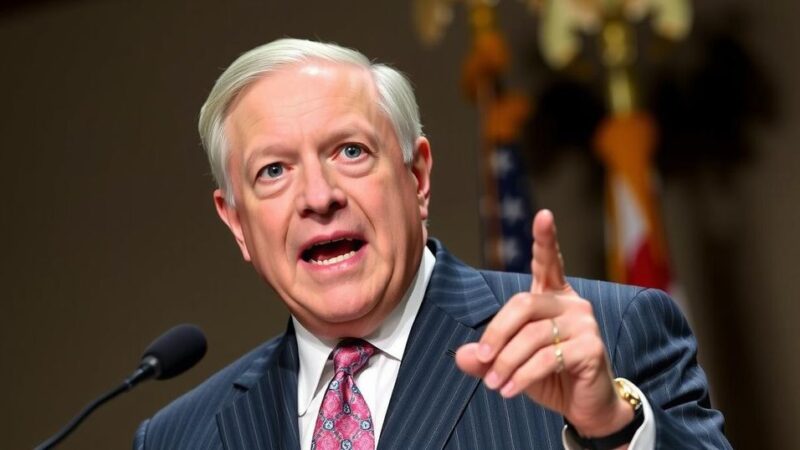Peru is experiencing a growing demand for improved infrastructure, necessitated by a significant investment deficit. Economy Minister José Arista reported a record investment of S/58 billion in 2024, a 16% increase from the previous year. He highlighted the need for public-private partnerships to address the challenges in ports, roads, and airports, emphasizing that focusing on infrastructure is vital for achieving desired economic growth rates.
The demand for enhanced infrastructure in Peru is on the rise, as articulated by Economy and Finance Minister José Arista. He highlighted that the country requires greater capacity in essential areas such as ports, roads, trains, and airports. In assessing the economic landscape for 2024, Arista noted that investment execution has reached a record level near S/58 billion (approximately US$15.483 billion), representing a 16% increase compared to 2023. This progress underscores the emphasis on infrastructure investments amid a substantial estimated deficit ranging from US$100 billion to US$150 billion.
Minister Arista emphasized the urgency of addressing this infrastructure gap, particularly as Peru aims to position itself as a prominent port hub in Latin America. “We cannot intend to be Latin America’s port hub with the same logistics infrastructure that we have now,” he stated, stressing the need for significant enhancements to current logistics facilities.
Moreover, he noted that while there is considerable demand for investment in southern and northern ports, reliance solely on state resources is insufficient. Therefore, fostering Public-Private Partnership (PPP) agreements is crucial for addressing the growing demands of port expansions and infrastructural developments, including the connectivity between Chancay and Callao via commuter trains.
Arista recognized that despite the ongoing investments, they remain inadequate for the comprehensive needs of Peru. He stated that to achieve GDP growth rates of 5%, 6%, or 7%, the focus must be on boosting infrastructure investments, which are essential to leverage the country’s strategic geographic location effectively.
In recent years, Peru has faced significant challenges regarding its infrastructure capabilities, which have impeded economic growth. With the increasing demand for improved logistics infrastructure, particularly in ports and airports, government officials have acknowledged the pressing need for substantial investments. The urgency is further compounded by a sizeable infrastructure deficit estimated between US$100 billion and US$150 billion, necessitating the involvement of both public and private sectors to bridge this gap. As the economy strives for higher growth rates, investments in infrastructure are seen as a fundamental component for future development.
In conclusion, the escalating demand for infrastructure in Peru, as highlighted by Minister José Arista, signals a critical need for enhanced investment to address current deficiencies. The 16% increase in investment execution indicates positive momentum; however, it falls short of meeting the extensive infrastructure gap. Achieving higher GDP growth rates will depend on Peru’s ability to attract both public and private investments to develop its logistics infrastructure effectively, thereby positioning the nation favorably in the Latin American economic landscape.
Original Source: andina.pe







